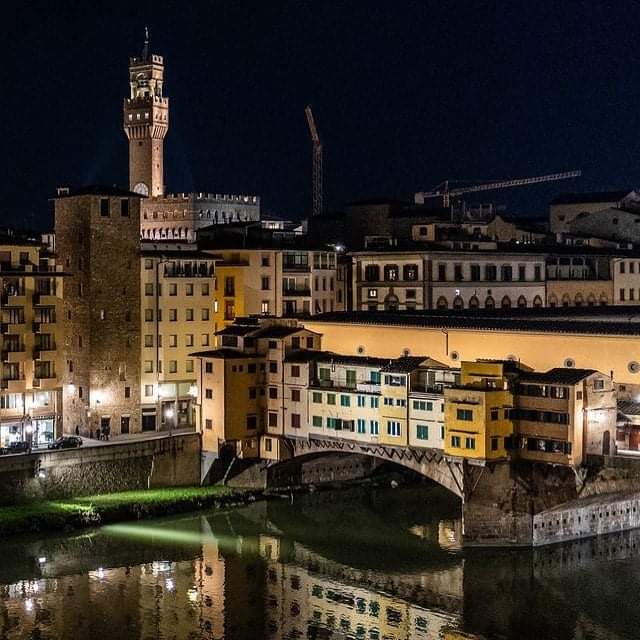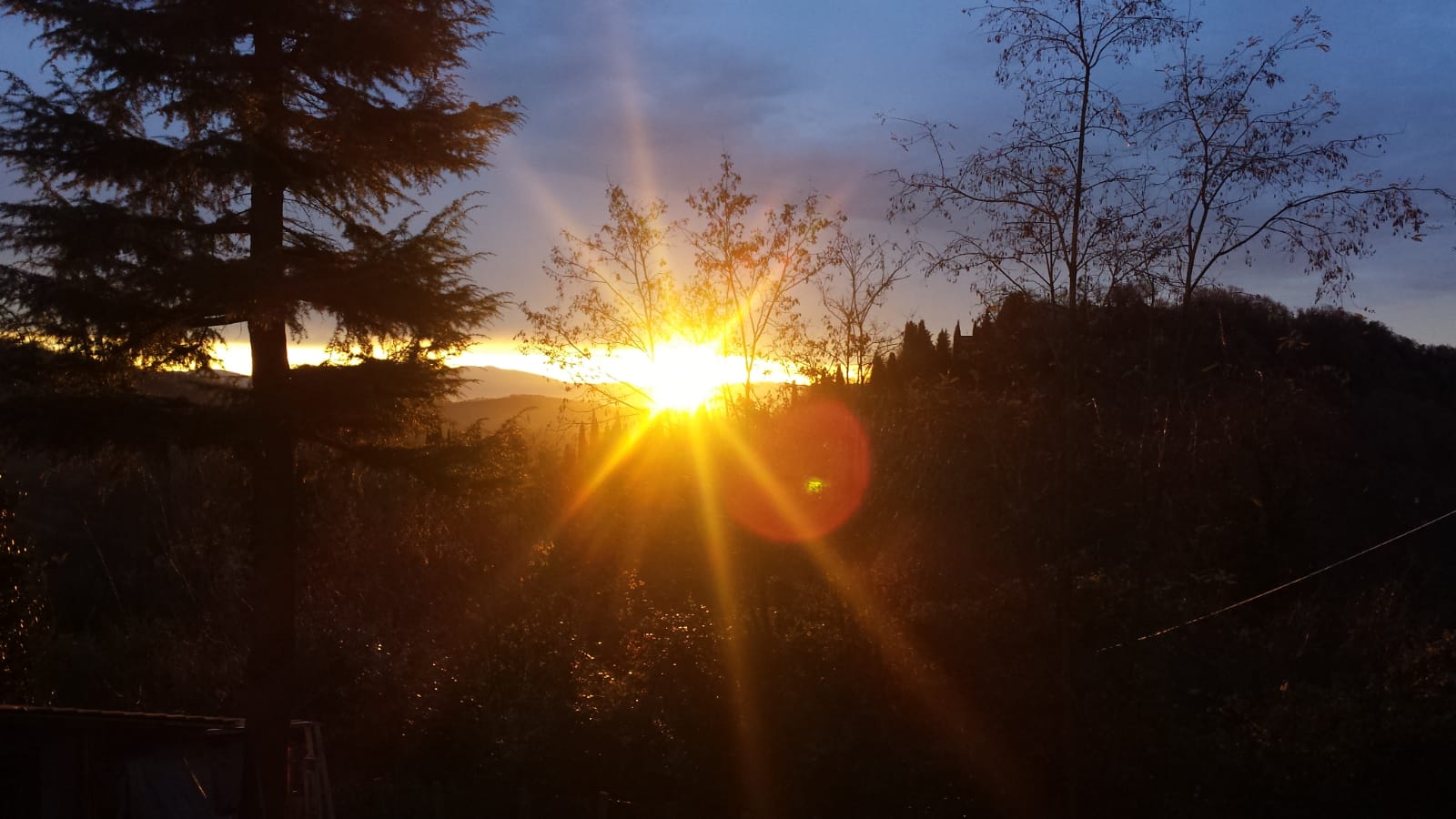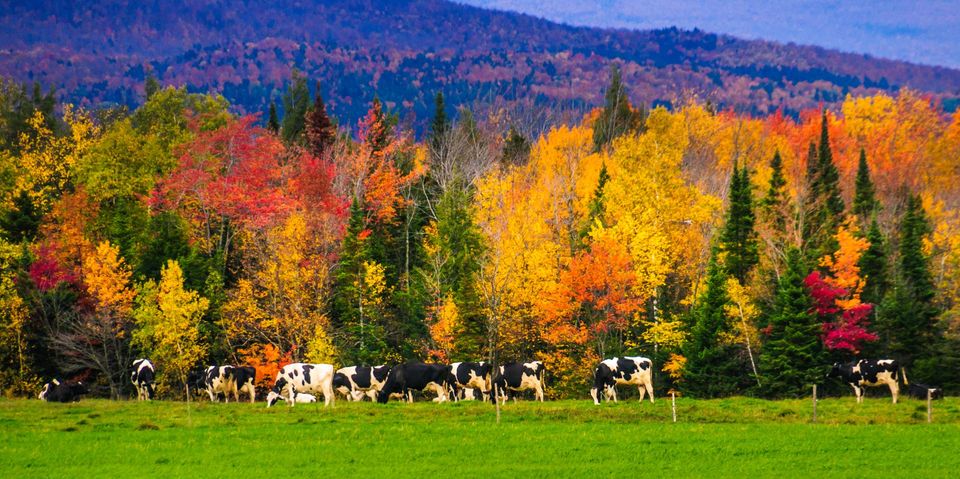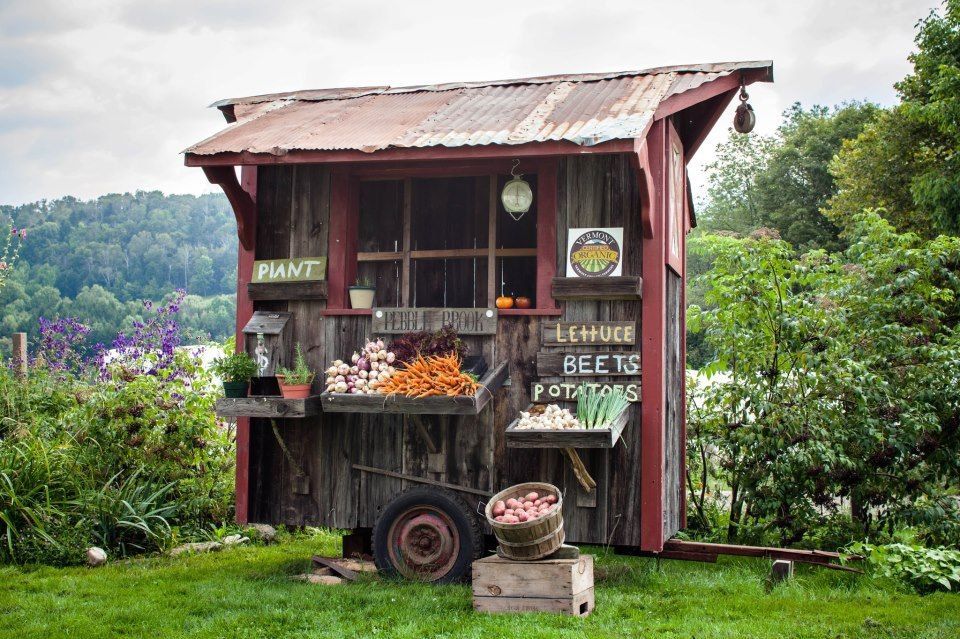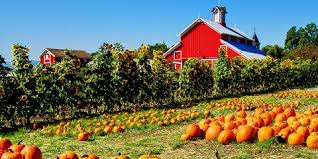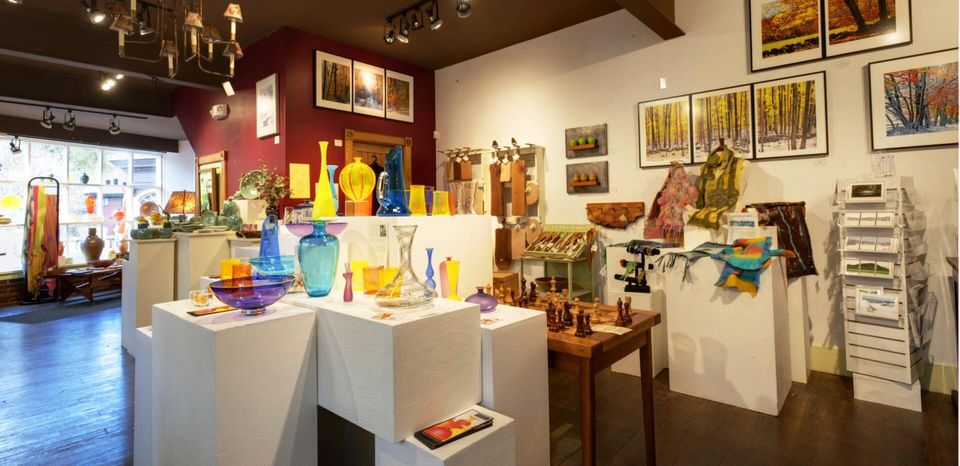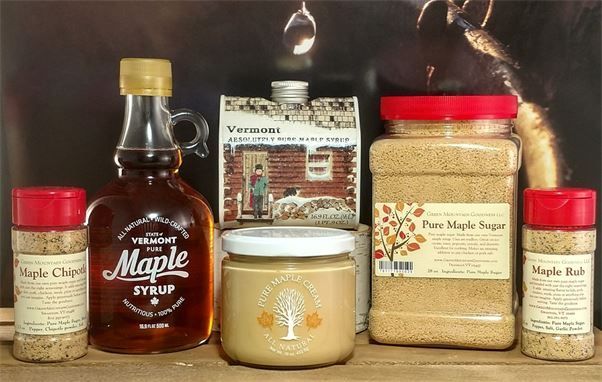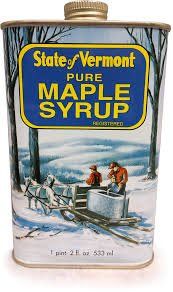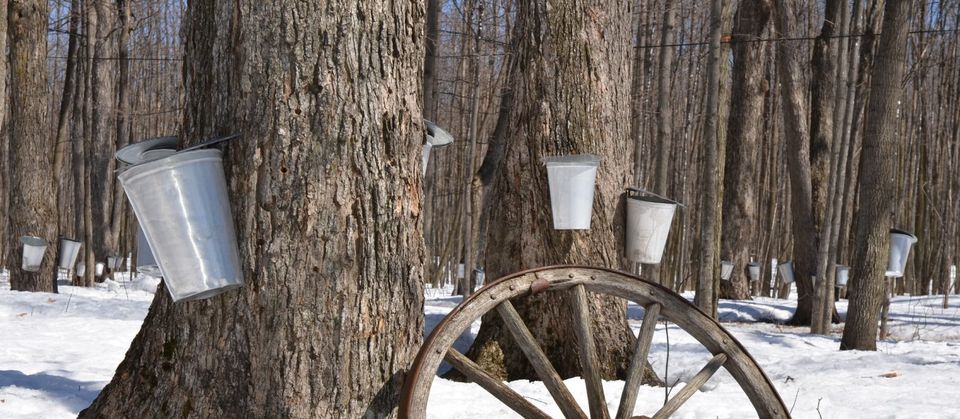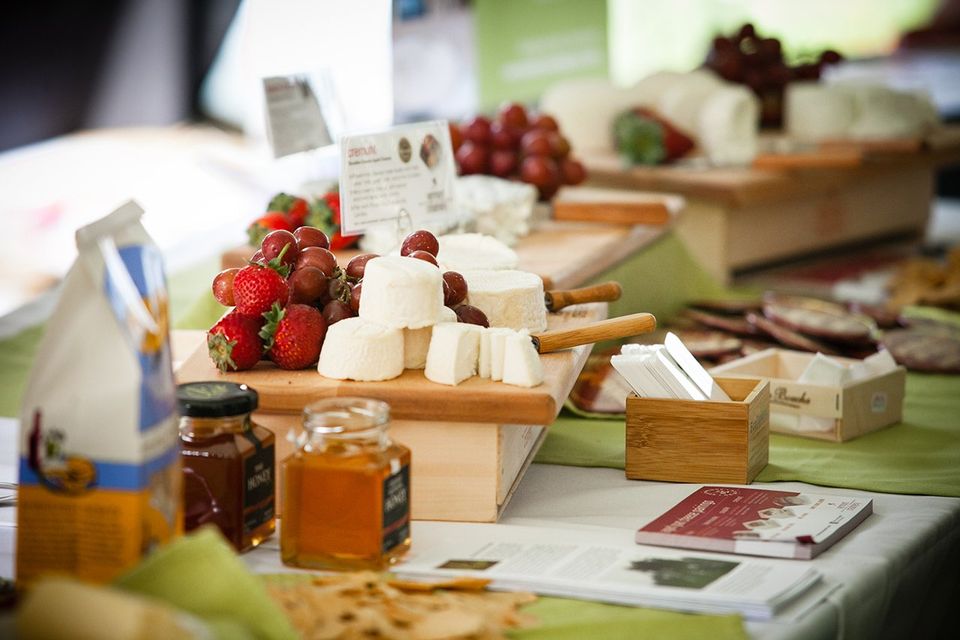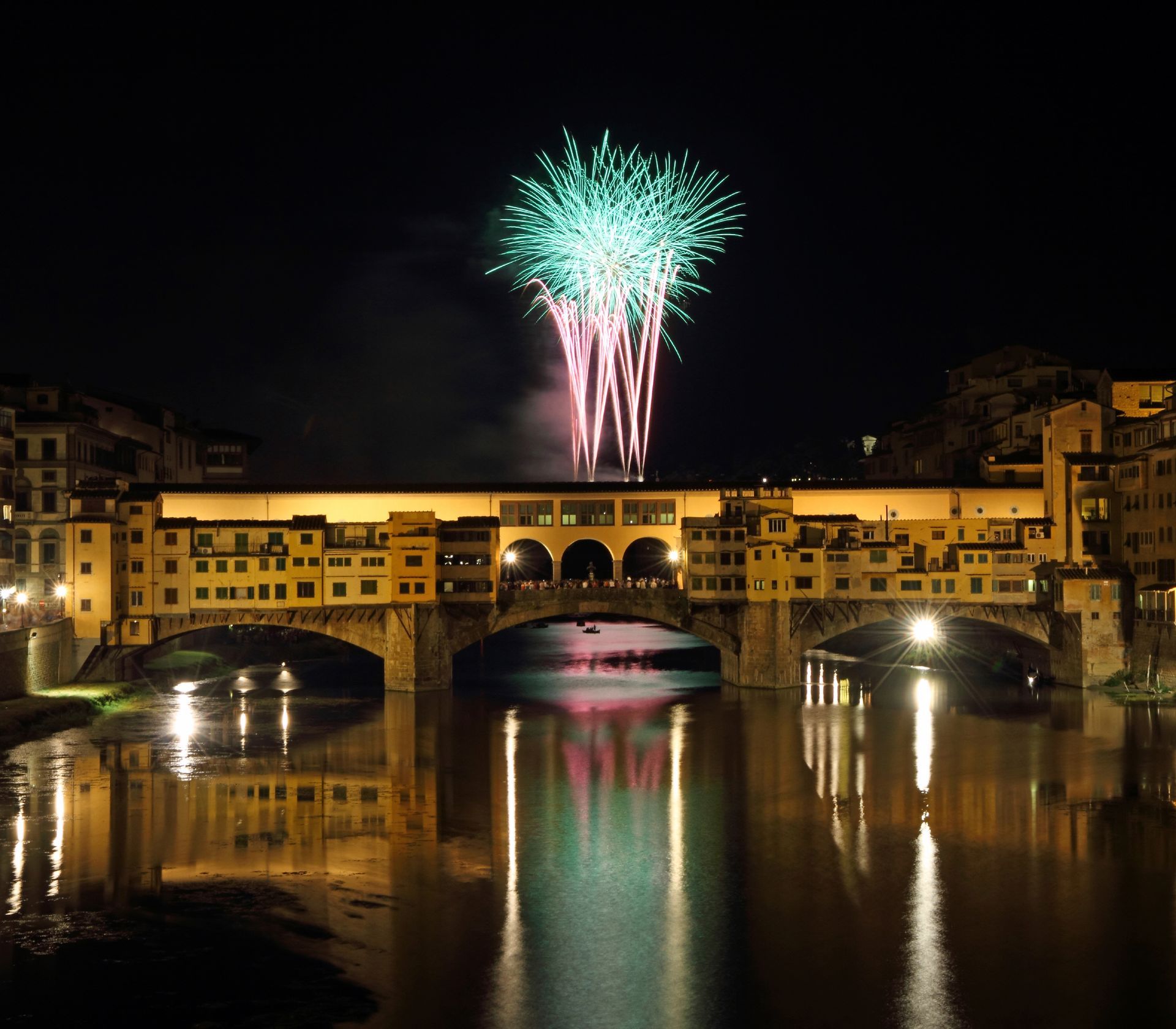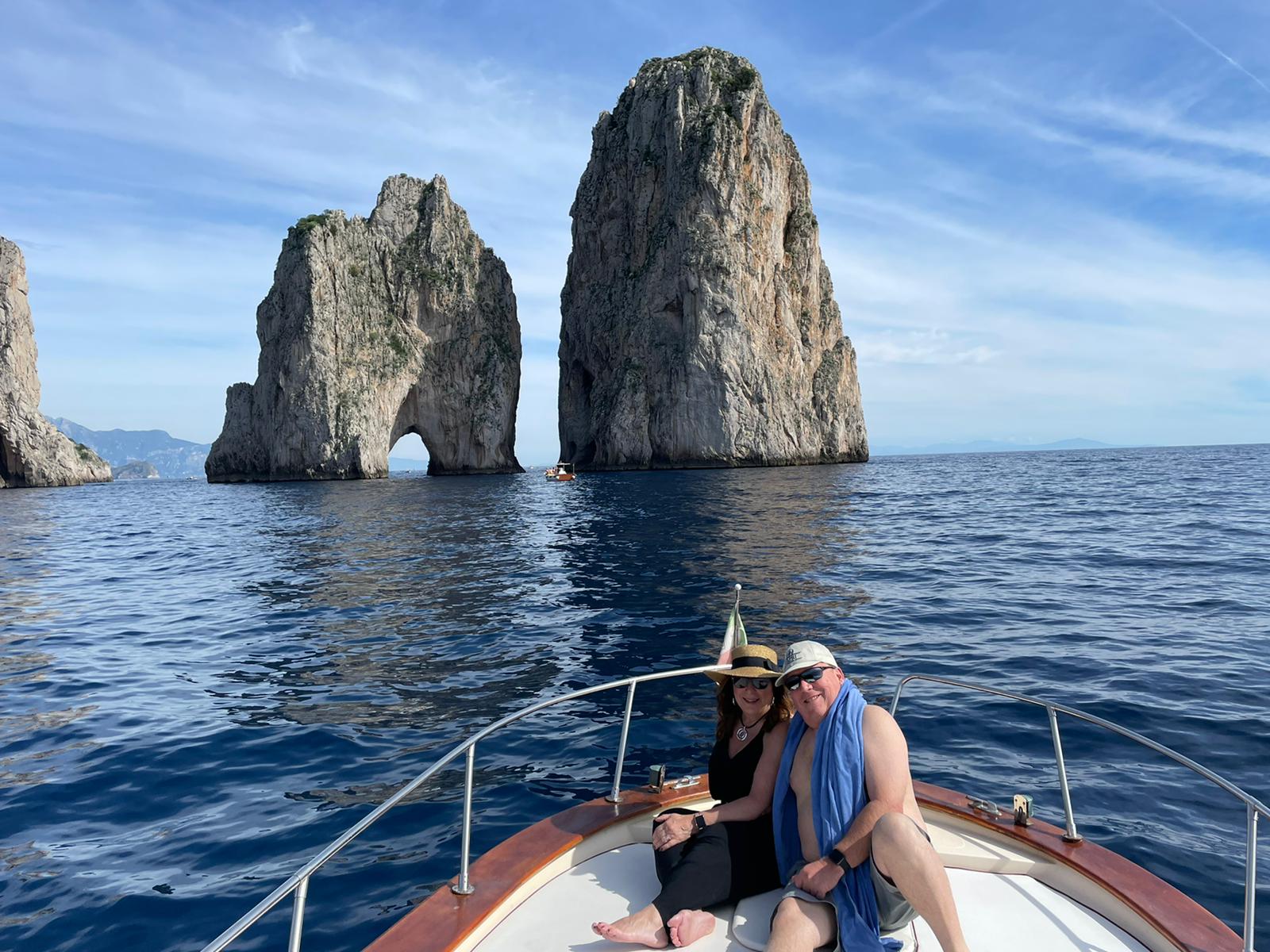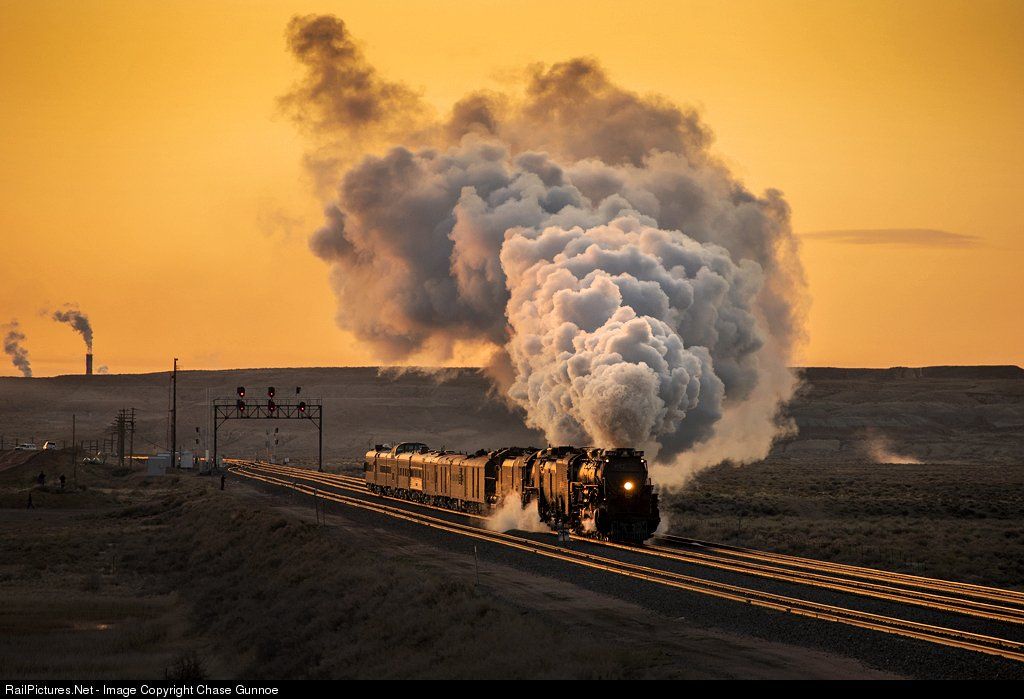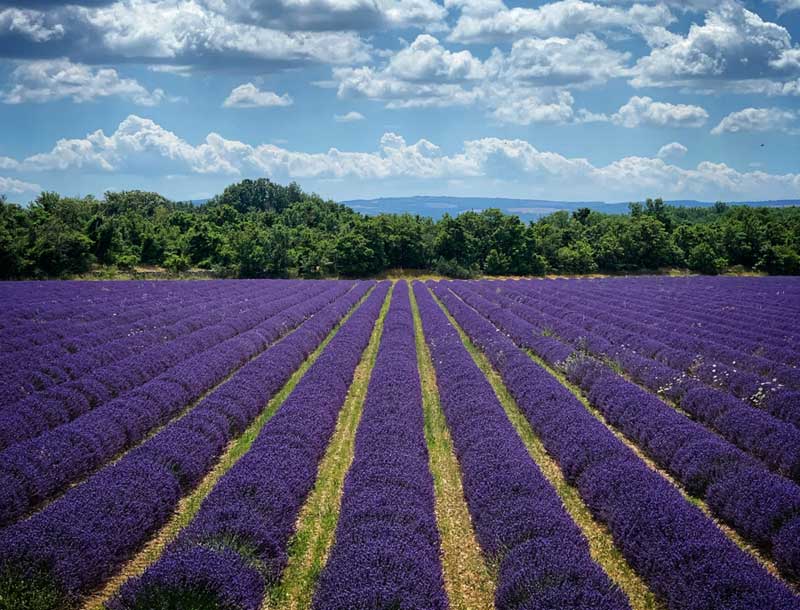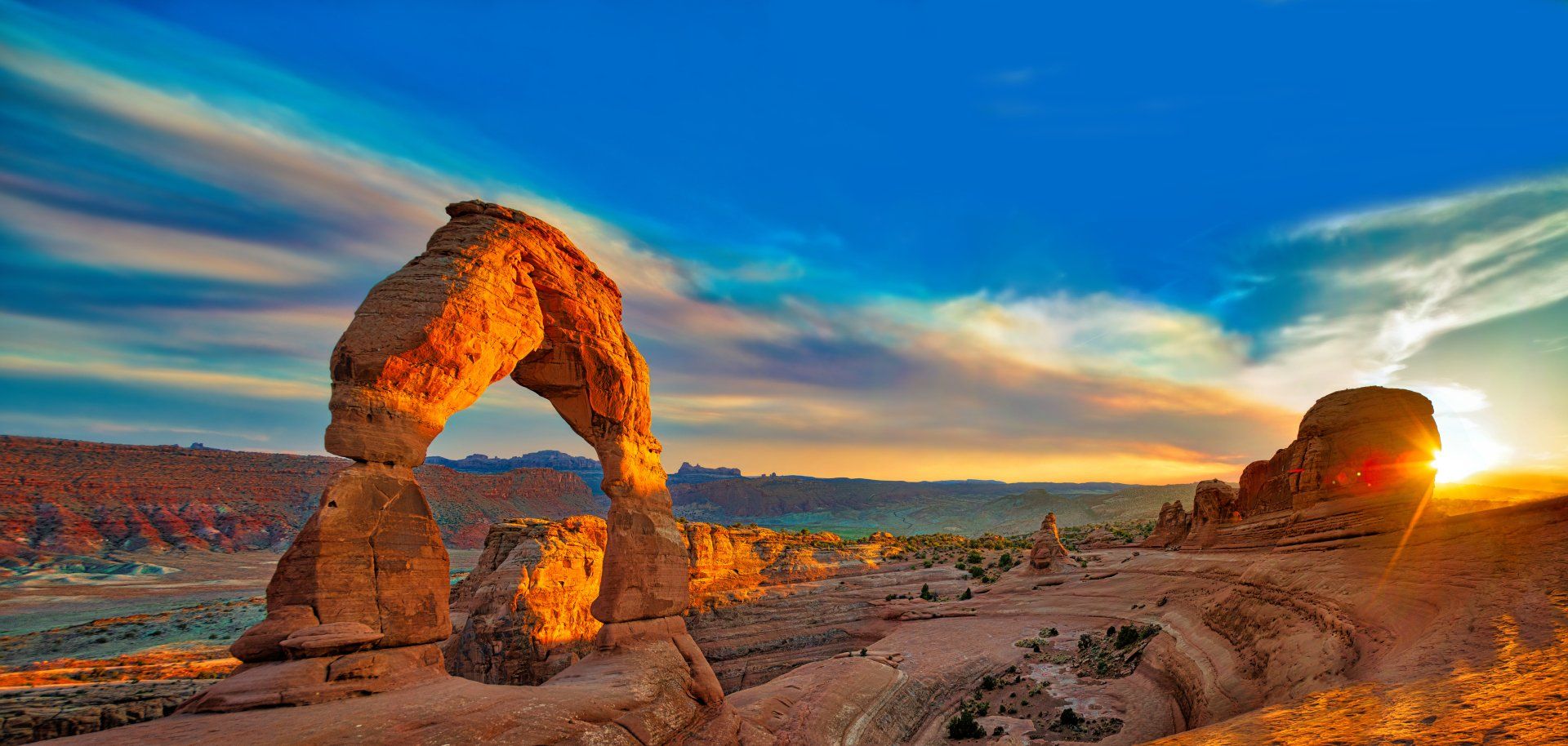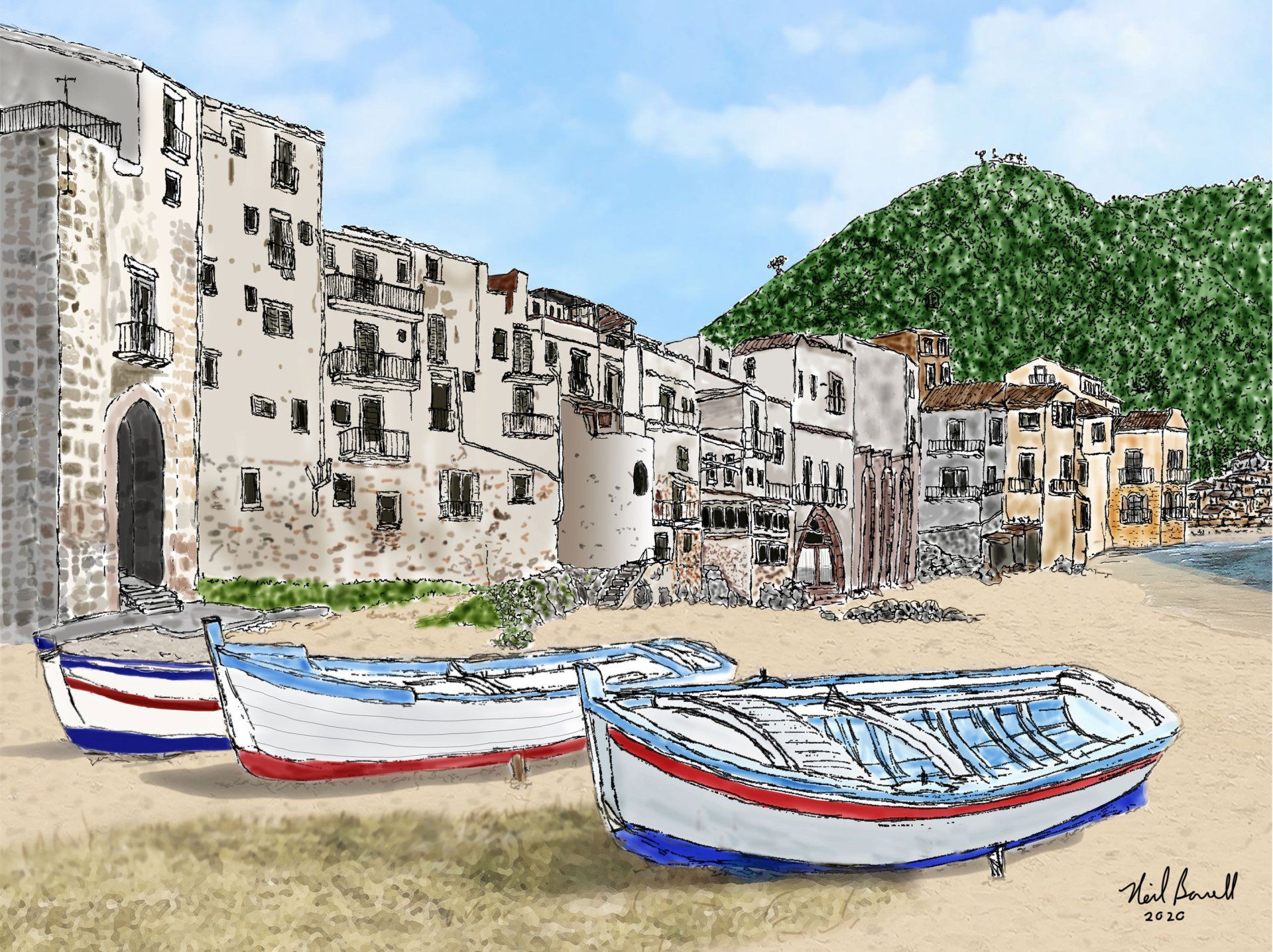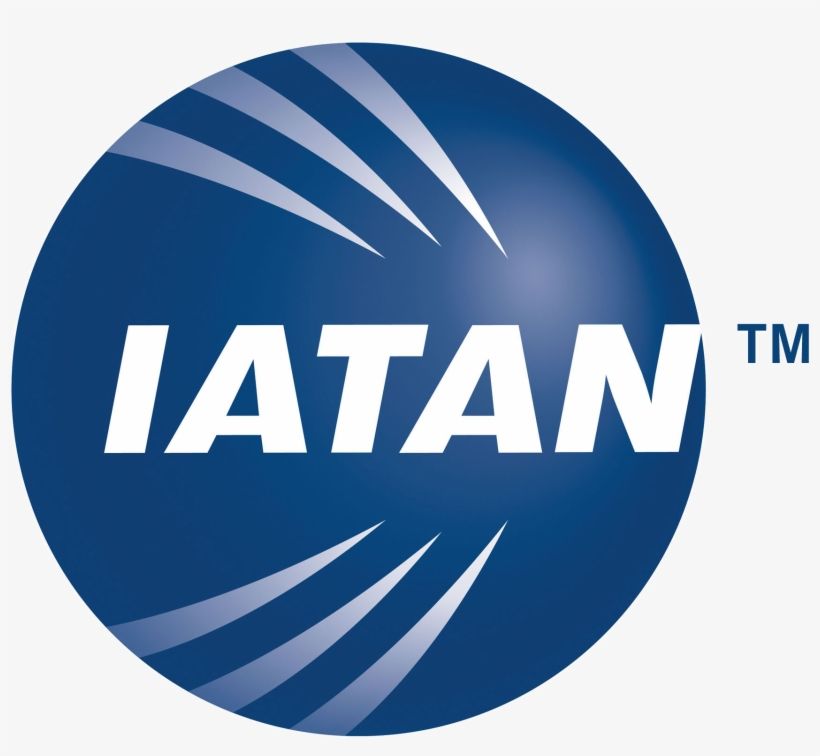Vermont, more than its spectacular fall foliage!
Resilient Vermonters, attached to the land
Vermonters have always been attached to the land from whence they have sprung. From the time I was a kid, and surely before, Vermont was known as the state where there were more cows than people. Small family farms have been the bedrock of Vermont industry for generations and have over the past 40 years successfully turned their creative energies to making cheese, reinvigorating the farm-stand tradition, and catering to the growing local demand for top quality products sourced in the neighborhood.
This growing demand includes a wide range of products, from locally-made bread to organic essential oils, farm-to-table produce including both summer and winter vegetables, apples, pumpkins, and blueberries, soap, jams, kale chips, ice cream, Vermont wood products, coffee…the list goes on! And don’t forget maple syrup in all of its guises.
Vermont’s emergence as a provider of a wide variety of cheeses has invigorated Vermont agriculture. Small artisans produce an astonishing variety, branching out from the traditional cheddar to blue cheeses, brie, fromage blanc, Swiss, Dorset, Rupert, Pawlet, feta, camembert, Romano, pecorino, mozzarella, burrata, ricotta, scamorza, soft cheeses, fresh cheeses and aged, cow milk and goat milk cheeses. Each reflects the quality of the milk produced, the care of the animals on each farm, the caves where cheeses are aged, and the care in curing and developing cheeses that reflect the nature of the farms and their producers.
Each year in August the Vermont Cheese Makers Festival celebrates the extraordinary quality and variety of Vermont-made cheeses, gathering more than 50 producers at Shelburne Farms in Shelburne VT, on the banks of Lake Champlain. Vermont is a world class cheese state with the highest number of cheese makers per capita and their creativity and devotion to artisanal cheese of top quality is on display here and in various cheese stands around the state. They produce for local consumption as well as sending cheeses around the world. And in the time of Covid, when demand for cheese diminished (with restaurants closed and tourism reduced), they turned their creativity to online sales to keep their farms going.
The state is also amply dotted with ceramicists and potters, sculptors, painters, a wide variety of craftspeople, glass blowers, jewelry makers, hand-knit clothing from homegrown wool, and basket weavers. B&B's have sprung up all over the state, including farm stays where you can experience the working farm’s daily routine. Farm-to-table restaurants abound. And various workshops, from the long-established Writers’ Workshop in Middlebury to photography, painting, organic farming, bookbinding, jewelry making, wood working, quilting, sugar-house workshops, granite workshops. All of these grow out of a connection to the land and its bounty.
One of the oldest and most honored institutions is the Frog Hollow Craft Center. Started in Middlebury in 1971 by Allen Johnson and friends, the main purpose was to give local children a chance to work with their hands and interact with professional craft artists. As the institution grew, galleries were set up in Burlington and Manchester to display the work of all kinds of craftsmen. Now relocated to Burlington, the center continues to exhibit the work of over 200 Vermont artisans on a rotating basis. It has grown into one of Vermont's largest nonprofit arts institutions. None of it would have been possible without the vision of people like Allen Johnson or the support of Vermonters and visitors to the state. Things have changed a lot in 40 years, but the common thread between then and now is a love of fine, handmade craft.
